Home>Furniture & Design>Outdoor Furniture>How To Cover Outdoor Concrete
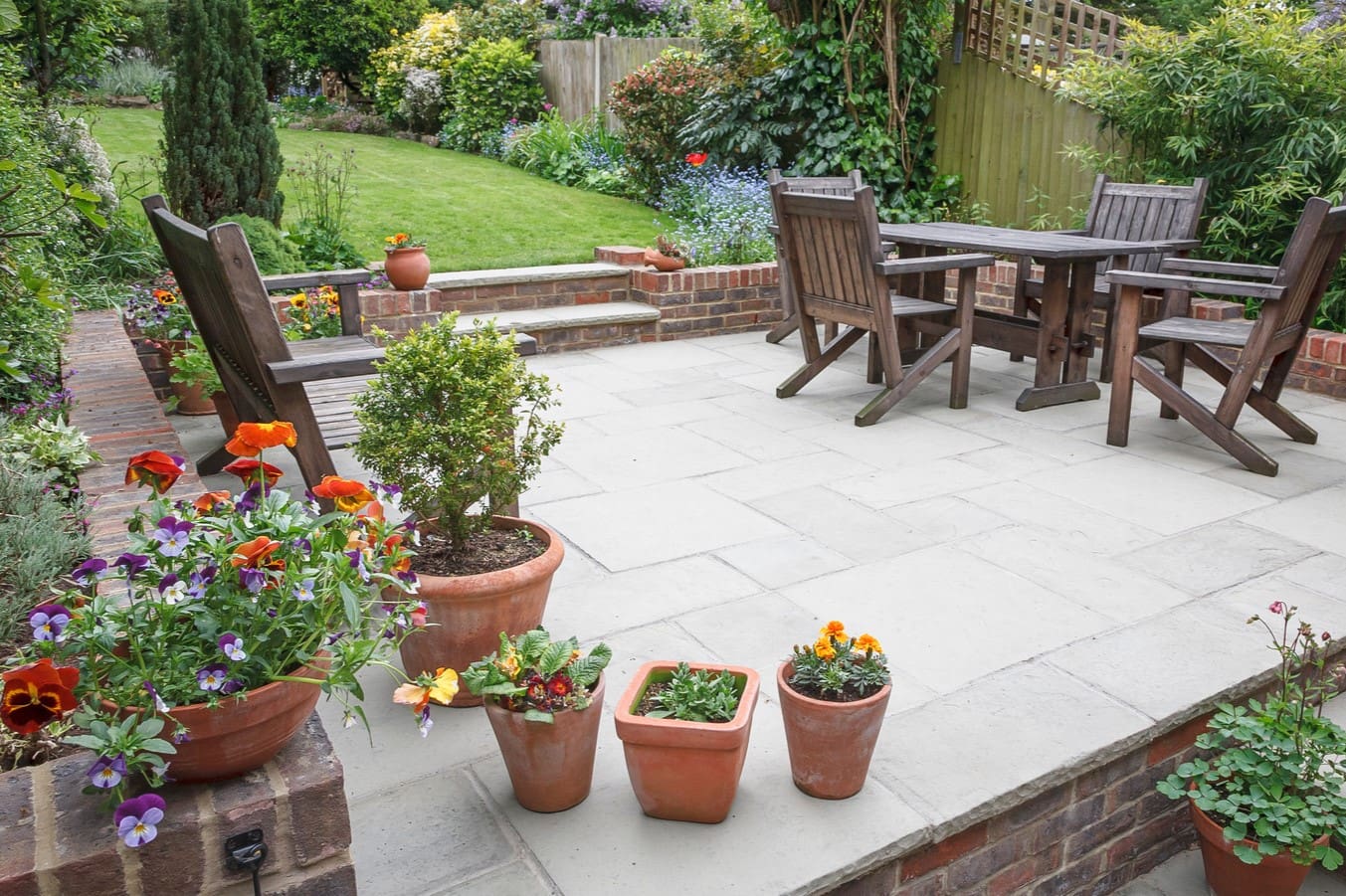

Outdoor Furniture
How To Cover Outdoor Concrete
Published: February 11, 2024
Discover the best ways to cover outdoor concrete and enhance your outdoor furniture, design, and overall outdoor space. Learn how to transform your outdoor area with these expert tips.
(Many of the links in this article redirect to a specific reviewed product. Your purchase of these products through affiliate links helps to generate commission for Storables.com, at no extra cost. Learn more)
Introduction
When it comes to outdoor spaces, concrete is a popular choice for patios, walkways, and other areas due to its durability and versatility. However, while concrete is a practical option, it may not always provide the aesthetic appeal or comfort that you desire. Fortunately, there are various methods for covering outdoor concrete to enhance its appearance and functionality. Whether you want to revamp your outdoor living area or protect the concrete from harsh weather conditions, choosing the right covering material and applying it correctly can make a significant difference.
In this comprehensive guide, we will explore the essential steps for covering outdoor concrete, from preparing the surface to selecting the appropriate materials and executing the application process. Additionally, we will delve into the maintenance practices necessary to ensure the longevity and quality of the covered concrete. By the end of this article, you will have the knowledge and confidence to transform your outdoor concrete into a visually appealing and resilient surface that complements your outdoor furniture and design.
Let's embark on this journey to discover the possibilities of enhancing outdoor concrete surfaces, creating inviting and functional spaces that reflect your unique style and elevate your outdoor living experience.
Key Takeaways:
- Transform your outdoor concrete with decorative overlays, stains, stamped concrete, pavers, or epoxy coatings to create a visually appealing and durable space that complements your outdoor furniture and design.
- Proper maintenance, including cleaning, sealing, and repair, ensures that your covered concrete remains attractive and functional, enhancing your outdoor living experience for years to come.
Read more: How To Cover A Concrete Patio
Preparing the Concrete Surface
Before applying any covering material, it is crucial to prepare the concrete surface properly to ensure optimal adhesion and long-lasting results. The following steps will guide you through the essential preparation process:
- Clean the Surface: Begin by thoroughly cleaning the concrete surface to remove any dirt, debris, or previous coatings. Utilize a pressure washer or a stiff-bristled brush along with a suitable cleaning solution to eliminate all traces of contaminants.
- Repair Cracks and Imperfections: Inspect the concrete for any cracks, spalling, or uneven areas. Repair these imperfections using a high-quality concrete patching compound, following the manufacturer’s instructions. Ensuring a smooth and level surface is vital for the successful application of the covering material.
- Evaluate the Moisture Levels: Test the moisture content of the concrete to prevent potential issues with adhesion and durability. High moisture levels can lead to covering material failure, so it is essential to address any excessive moisture before proceeding.
- Etch or Grind the Surface (if necessary): Depending on the type of covering material you plan to use, you may need to etch or grind the concrete to create a rough texture that promotes adhesion. Acid etching or mechanical grinding can enhance the surface profile, ensuring a strong bond between the concrete and the covering material.
- Allow Sufficient Drying Time: After completing the preparation steps, allow the concrete surface to dry thoroughly before proceeding with the application of the covering material. Adequate drying time is vital to prevent moisture-related issues and ensure the effectiveness of the covering process.
By diligently preparing the concrete surface, you set the stage for a successful covering application, laying the groundwork for a visually appealing and durable outdoor space that aligns with your design preferences and functional requirements.
Choosing the Right Covering Material
When it comes to covering outdoor concrete, selecting the appropriate material is crucial to achieve the desired aesthetic and functional outcomes. Various options are available, each with unique characteristics and suitability for different applications. Consider the following factors when choosing the right covering material for your outdoor concrete:
- Decorative Concrete Overlays: Decorative overlays offer a versatile and customizable solution for enhancing outdoor concrete surfaces. These overlays come in a wide range of colors, patterns, and textures, allowing you to achieve the look of natural stone, brick, or tile without the need for extensive demolition or replacement.
- Concrete Stains: Stains penetrate the concrete to provide rich, translucent tones that can mimic the appearance of natural stone or add depth and character to the surface. Acid stains and water-based stains offer different color options and effects, allowing you to customize the look of your outdoor concrete according to your design preferences.
- Stamped Concrete: Stamped concrete involves impressing patterns and textures onto the concrete surface, creating a visually appealing and durable covering. With a wide array of patterns available, including slate, cobblestone, and wood grain, stamped concrete offers a cost-effective way to elevate the aesthetic appeal of outdoor concrete areas.
- Pavers or Tiles: Interlocking concrete pavers or porcelain tiles provide a durable and visually striking option for covering outdoor concrete. These materials offer a high degree of customization, allowing you to create intricate patterns and designs that complement your outdoor furniture and design aesthetic.
- Epoxy Coatings: Epoxy coatings create a seamless and durable covering for outdoor concrete, offering resistance to stains, abrasion, and harsh weather conditions. Available in a variety of colors and finishes, epoxy coatings can transform the appearance of concrete surfaces while providing long-term protection.
Before making a decision, consider the specific requirements of your outdoor space, including the desired look, durability, maintenance needs, and budget. Additionally, consult with professionals or suppliers to gain insights into the suitability of each covering material for your unique project.
By carefully evaluating these options, you can choose the right covering material that aligns with your design vision, enhances the functionality of your outdoor space, and complements your outdoor furniture and design elements.
Consider using a concrete sealer to protect outdoor concrete from weathering and staining. This will help to extend the life of the concrete and keep it looking its best.
Applying the Covering Material
Once you have chosen the ideal covering material for your outdoor concrete, the application process plays a pivotal role in achieving a professional and long-lasting result. Proper application techniques and attention to detail are essential for ensuring the durability and visual appeal of the covered concrete. Here are the key steps involved in applying the covering material:
- Surface Preparation: As discussed earlier, the surface preparation is critical for a successful application. Ensure that the concrete surface is clean, dry, and free from any contaminants before proceeding with the covering material.
- Follow Manufacturer’s Guidelines: Every covering material comes with specific application instructions provided by the manufacturer. It is imperative to carefully review and adhere to these guidelines to guarantee the best possible outcome.
- Application Method: Depending on the chosen material, the application method may vary. Whether it involves spraying, rolling, troweling, or stamping, follow the recommended techniques to achieve an even and consistent application across the entire surface.
- Color and Texture: If the covering material involves color or texture customization, ensure that these aspects are applied uniformly and in accordance with your design preferences. Pay attention to detail to create a cohesive and visually appealing surface.
- Sealing and Curing: After applying the covering material, sealing and curing may be necessary to enhance durability and protect the surface. Utilize appropriate sealers and follow the recommended curing procedures to optimize the performance of the covered concrete.
It is important to note that the application process may require specific tools, equipment, and expertise, especially for more complex covering materials such as decorative overlays and epoxy coatings. Consider consulting with professionals or contractors who specialize in outdoor concrete coverings to ensure a seamless and high-quality application.
By approaching the application process with precision and care, you can transform your outdoor concrete into a visually stunning and resilient surface that harmonizes with your outdoor furniture and design, elevating the overall ambiance of your outdoor living space.
Maintaining the Covered Concrete
After successfully covering your outdoor concrete with the chosen material, proper maintenance is essential to preserve its appearance, functionality, and longevity. By implementing regular care and adopting appropriate maintenance practices, you can ensure that the covered concrete remains an attractive and durable feature of your outdoor living space. Consider the following maintenance guidelines:
- Cleaning: Regularly clean the covered concrete surface to remove dirt, debris, and organic materials. Use a gentle cleanser or a solution recommended by the covering material manufacturer to avoid damaging the surface.
- Sealing and Reapplication: Depending on the type of covering material used, periodic resealing or reapplication may be necessary to maintain its protective properties and aesthetic appeal. Follow the manufacturer’s recommendations for sealing intervals and procedures.
- Preventing Damage: Take precautions to prevent damage to the covered concrete, such as avoiding dragging heavy furniture across the surface, using protective pads under furniture legs, and promptly addressing spills or stains to prevent permanent discoloration.
- Repairing Damaged Areas: Inspect the covered concrete regularly for any signs of wear, chipping, or damage. Address these issues promptly by following the recommended repair procedures provided by the covering material manufacturer.
- Seasonal Considerations: Be mindful of seasonal changes and their impact on the covered concrete. In regions with harsh winters, take measures to protect the surface from freeze-thaw cycles, such as using appropriate de-icing products and minimizing exposure to abrasive materials.
By incorporating these maintenance practices into your routine, you can preserve the beauty and integrity of the covered concrete, ensuring that it continues to complement your outdoor furniture and design while withstanding the demands of outdoor environments.
Remember that proactive maintenance not only prolongs the life of the covered concrete but also contributes to the overall appeal and functionality of your outdoor living space, allowing you to fully enjoy the investment you’ve made in enhancing your outdoor environment.
Read more: How To Cover A Concrete Porch
Conclusion
Covering outdoor concrete presents an opportunity to transform and elevate your outdoor living space, creating a visually appealing and functional environment that seamlessly integrates with your outdoor furniture and design elements. By following the essential steps outlined in this guide, you can embark on a journey to enhance your outdoor concrete surfaces with confidence and precision.
From the meticulous preparation of the concrete surface to the selection and application of the appropriate covering material, each stage contributes to the overall success of the project. Whether you opt for decorative overlays, stains, stamped concrete, pavers, or epoxy coatings, the careful consideration of your design vision, maintenance needs, and environmental factors will guide you toward the ideal covering solution.
Furthermore, the commitment to ongoing maintenance and care ensures that the covered concrete retains its allure and durability, serving as a resilient and captivating feature of your outdoor space for years to come. By integrating these maintenance practices into your routine, you can safeguard your investment and enjoy the enduring benefits of a well-maintained outdoor concrete surface.
As you embark on your outdoor concrete covering journey, remember that the process is not merely about enhancing the physical attributes of your outdoor space; it is about creating a welcoming and inviting environment where you can relax, entertain, and connect with nature. The covered concrete becomes an integral part of your outdoor sanctuary, reflecting your style and enhancing the overall ambiance of your outdoor living experience.
Embrace the possibilities that outdoor concrete covering offers, and let your creativity and practicality converge to shape an outdoor space that is both visually captivating and functionally superior. With the right covering material, meticulous application, and diligent maintenance, you can achieve a harmonious blend of style, durability, and comfort in your outdoor oasis.
So, go ahead – embark on this transformative journey and unlock the full potential of your outdoor concrete surfaces, enriching your outdoor living experience and creating lasting impressions for years to come.
Frequently Asked Questions about How To Cover Outdoor Concrete
Was this page helpful?
At Storables.com, we guarantee accurate and reliable information. Our content, validated by Expert Board Contributors, is crafted following stringent Editorial Policies. We're committed to providing you with well-researched, expert-backed insights for all your informational needs.
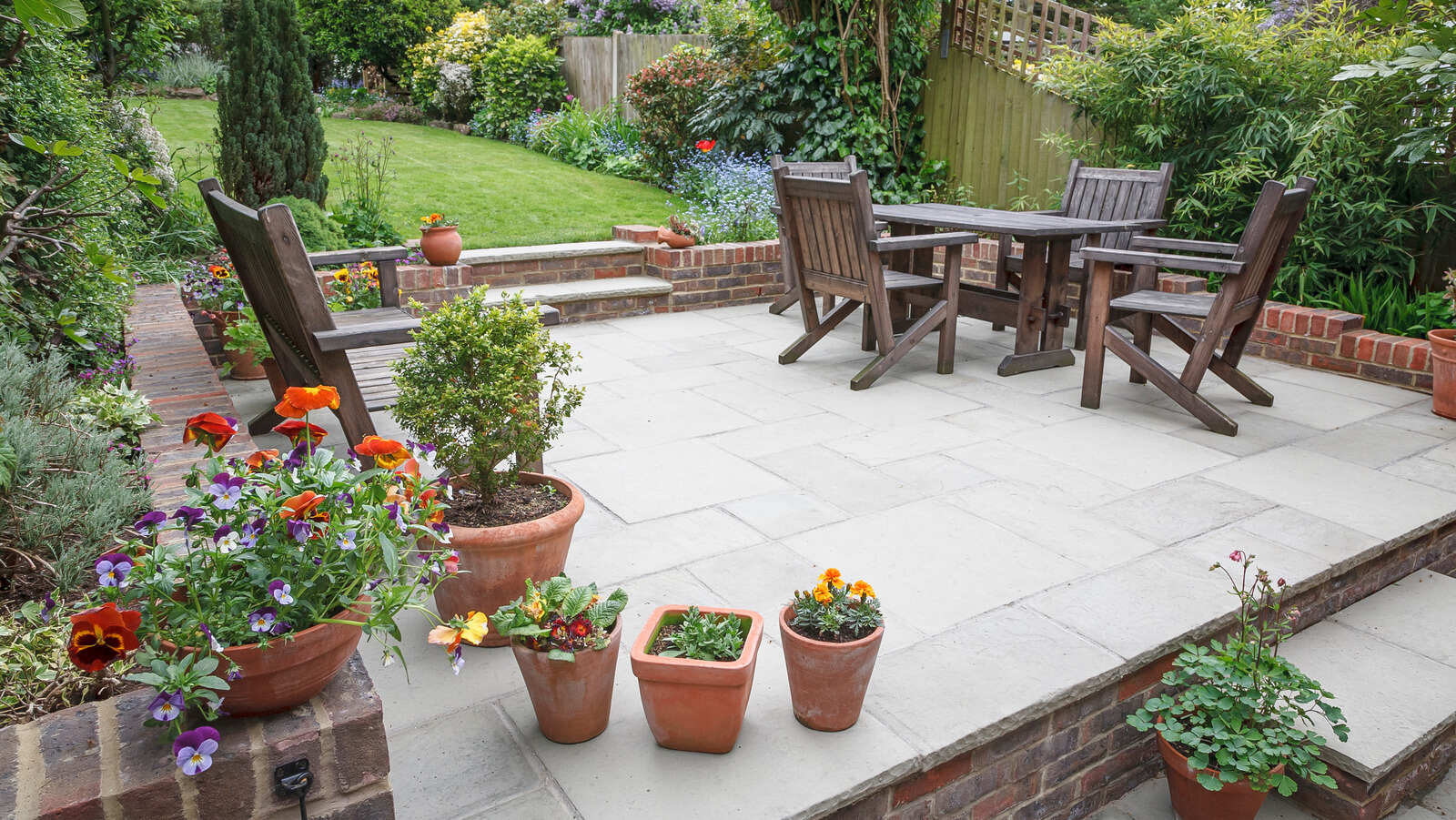
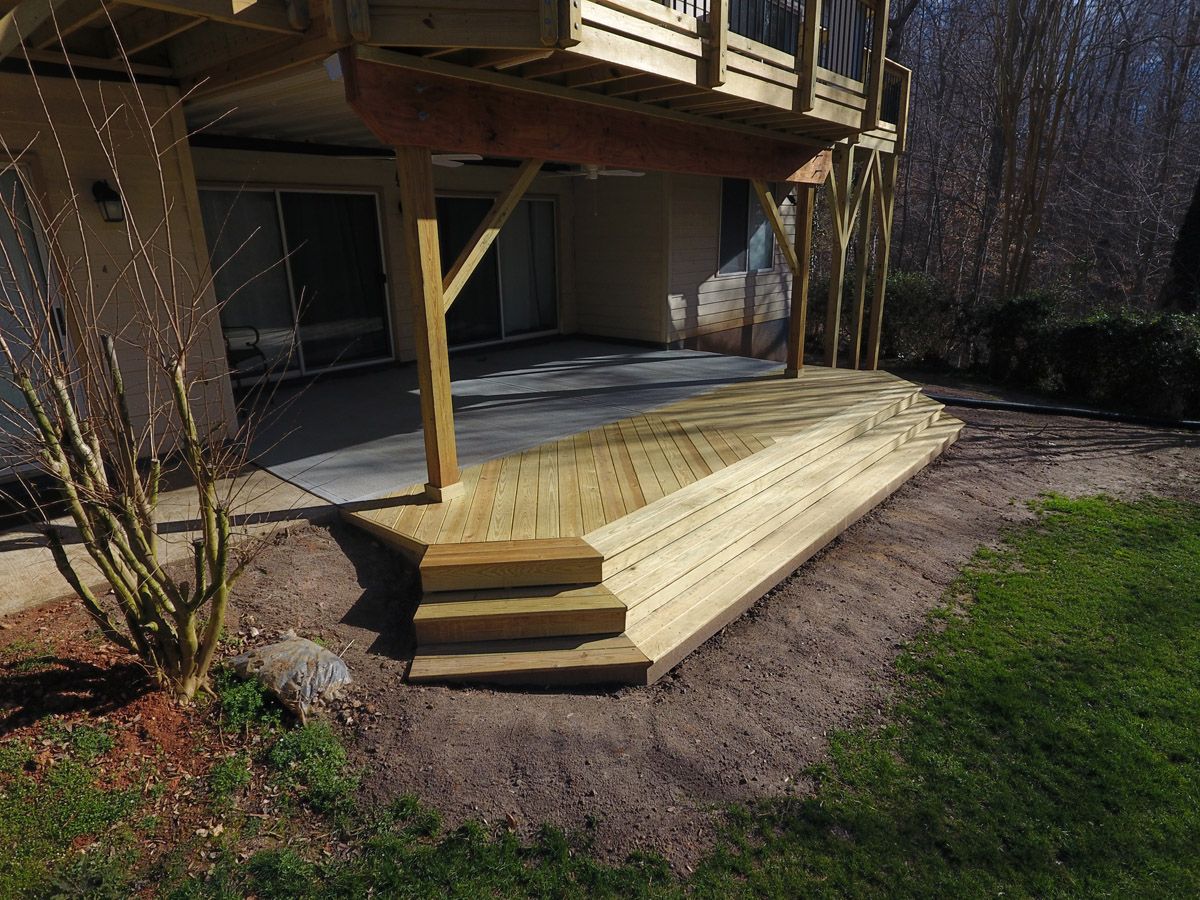
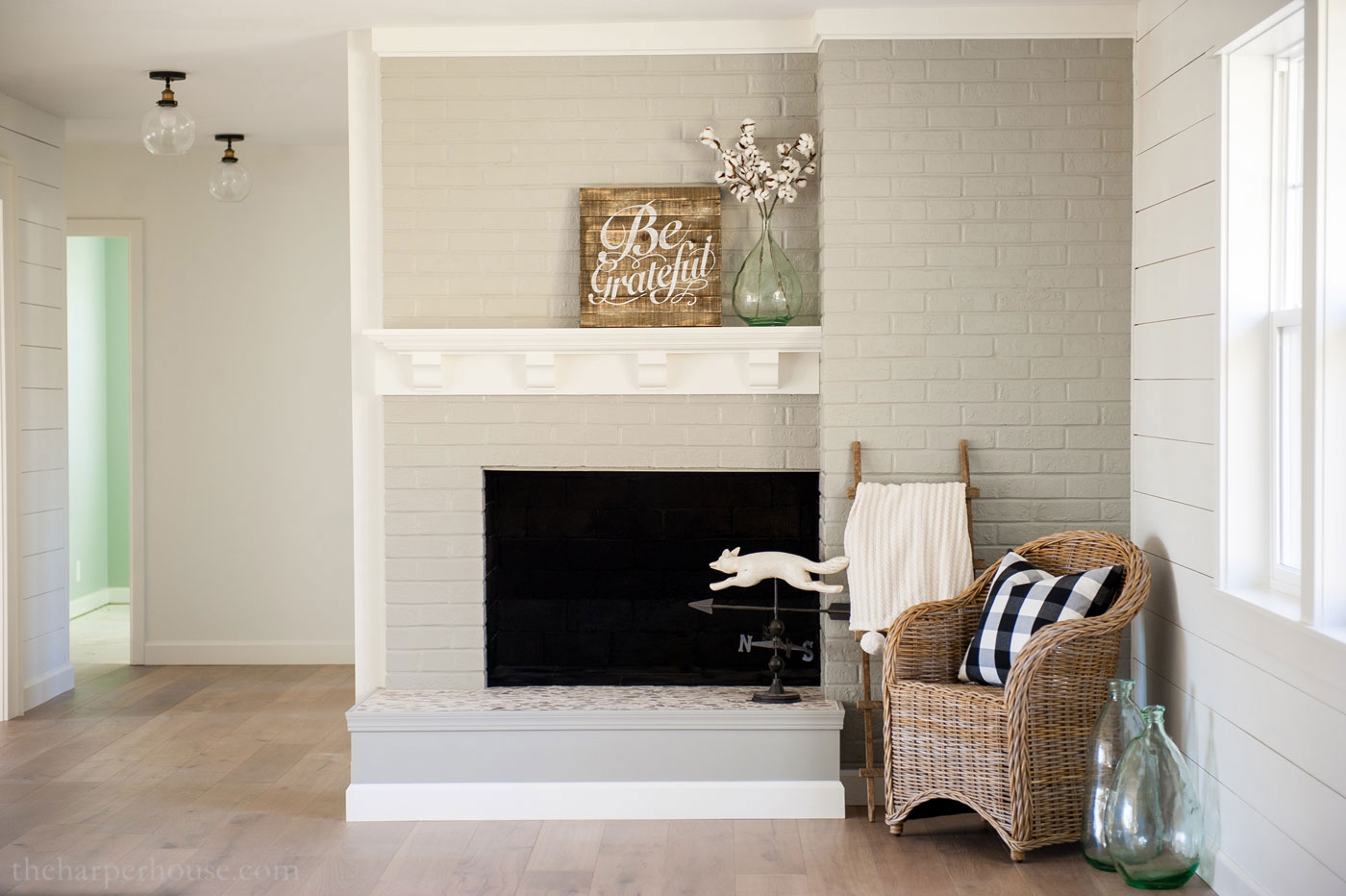
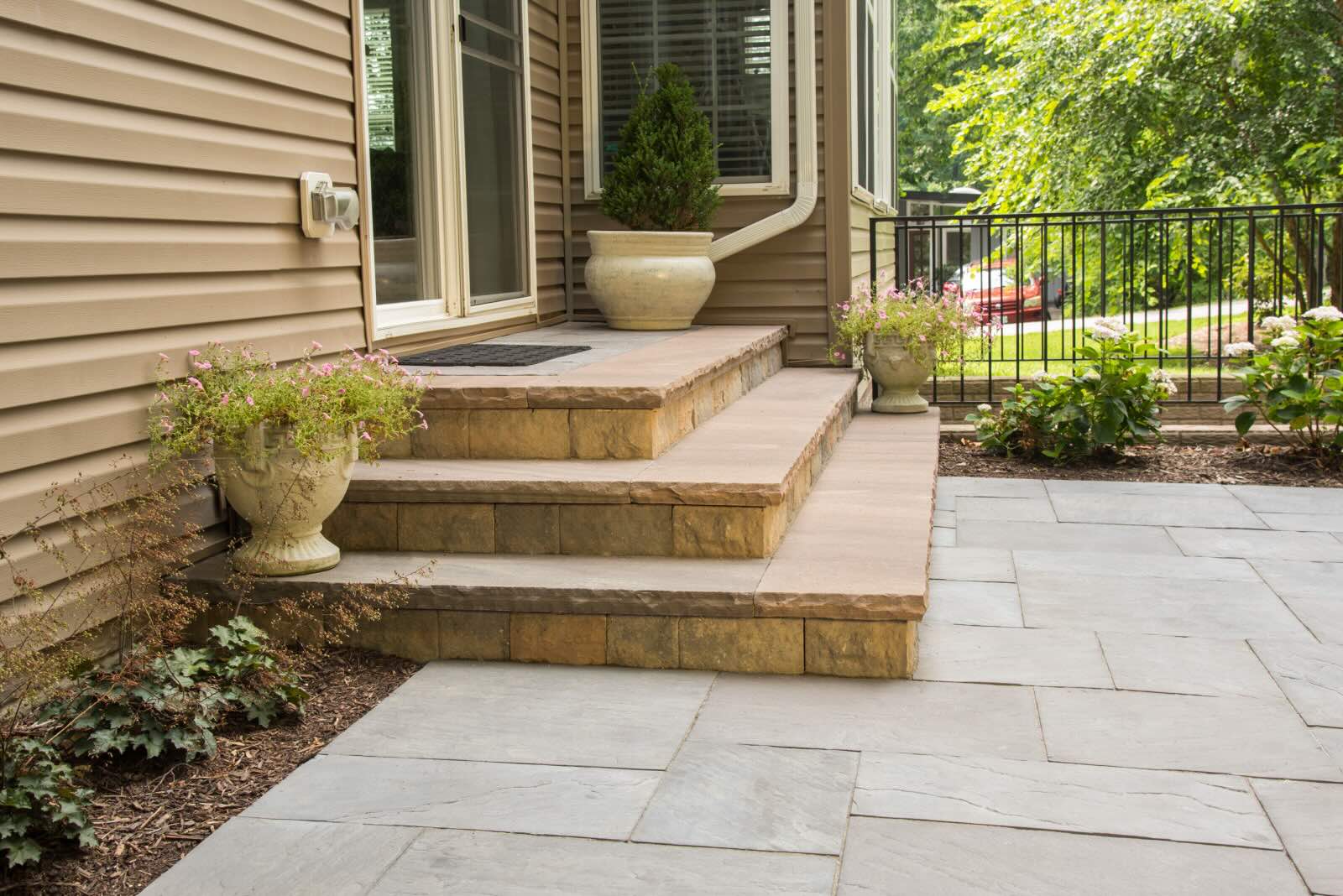
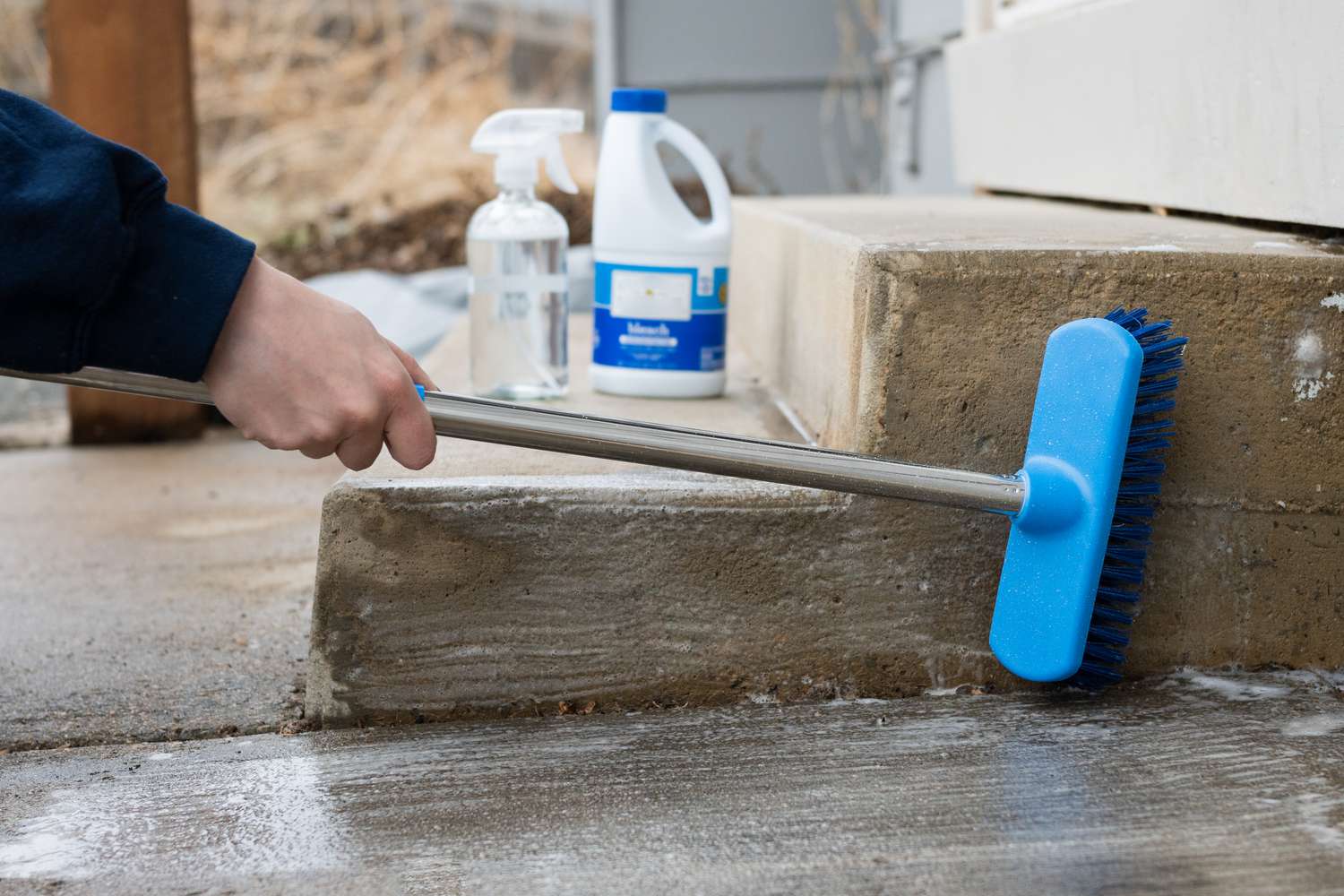
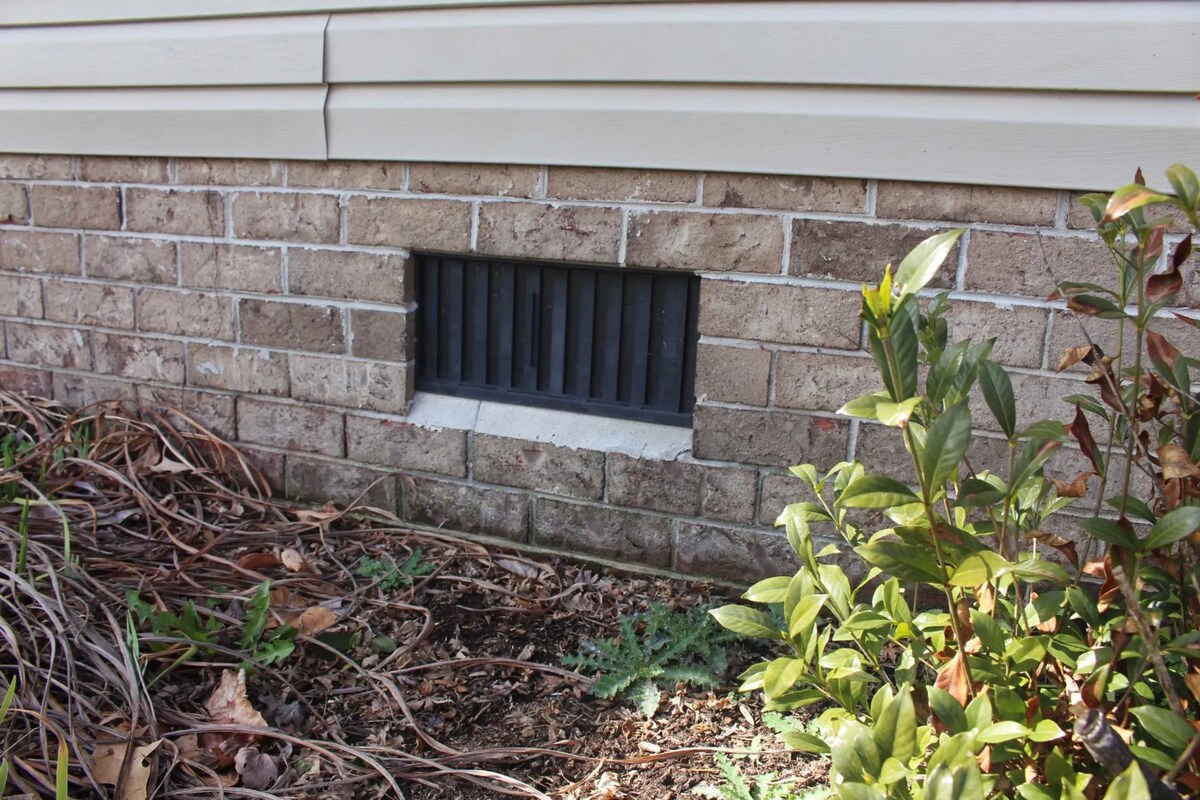
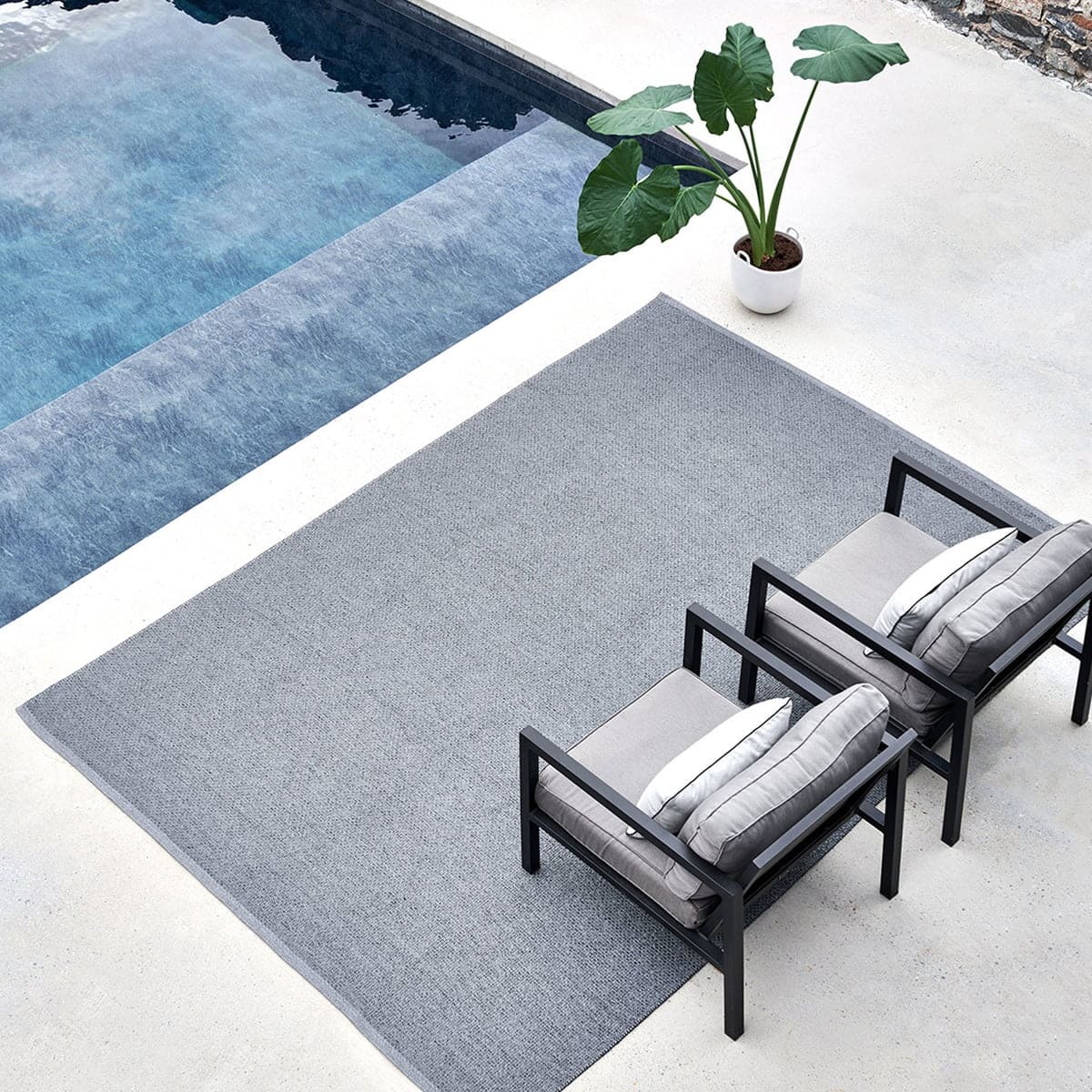
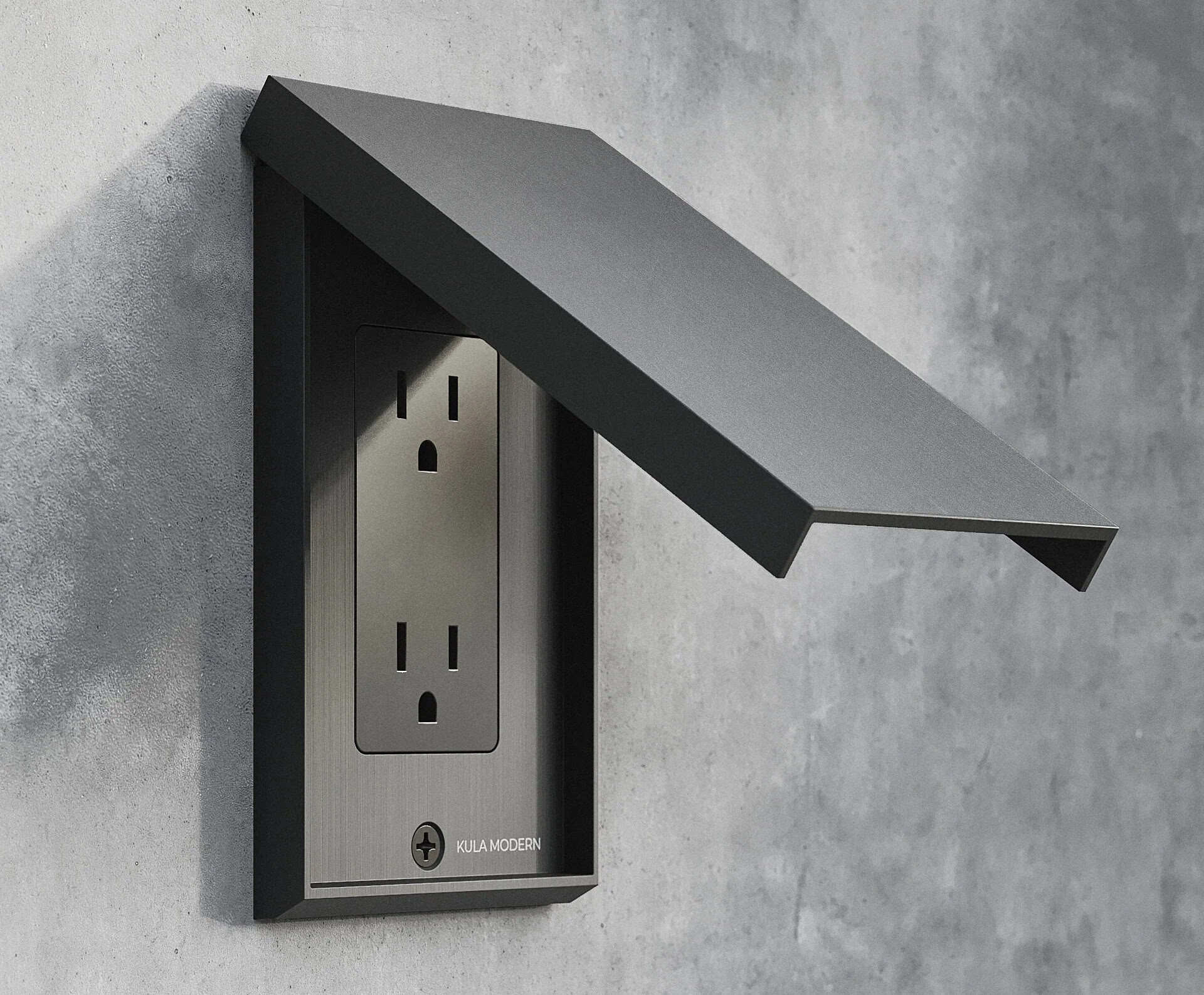
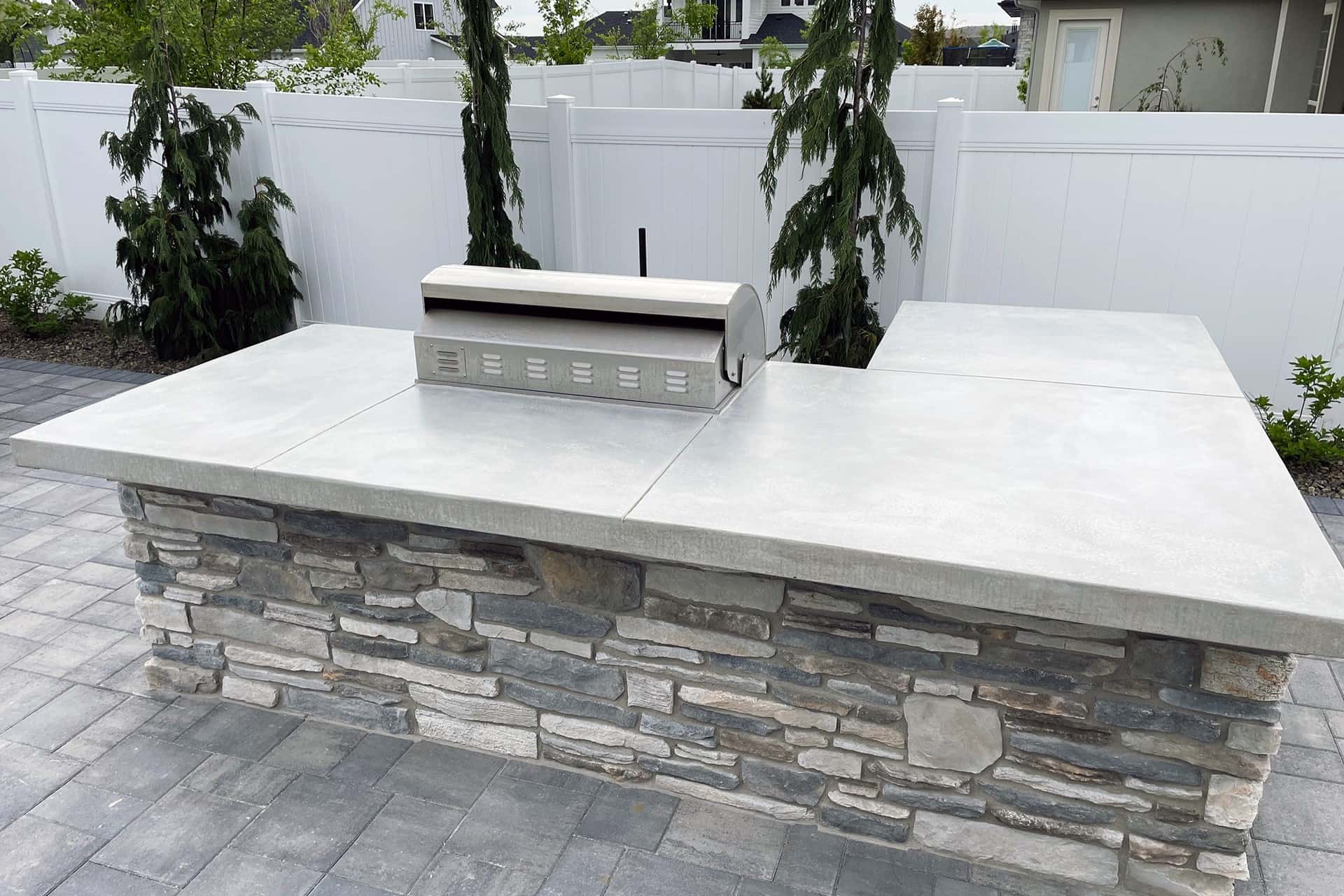
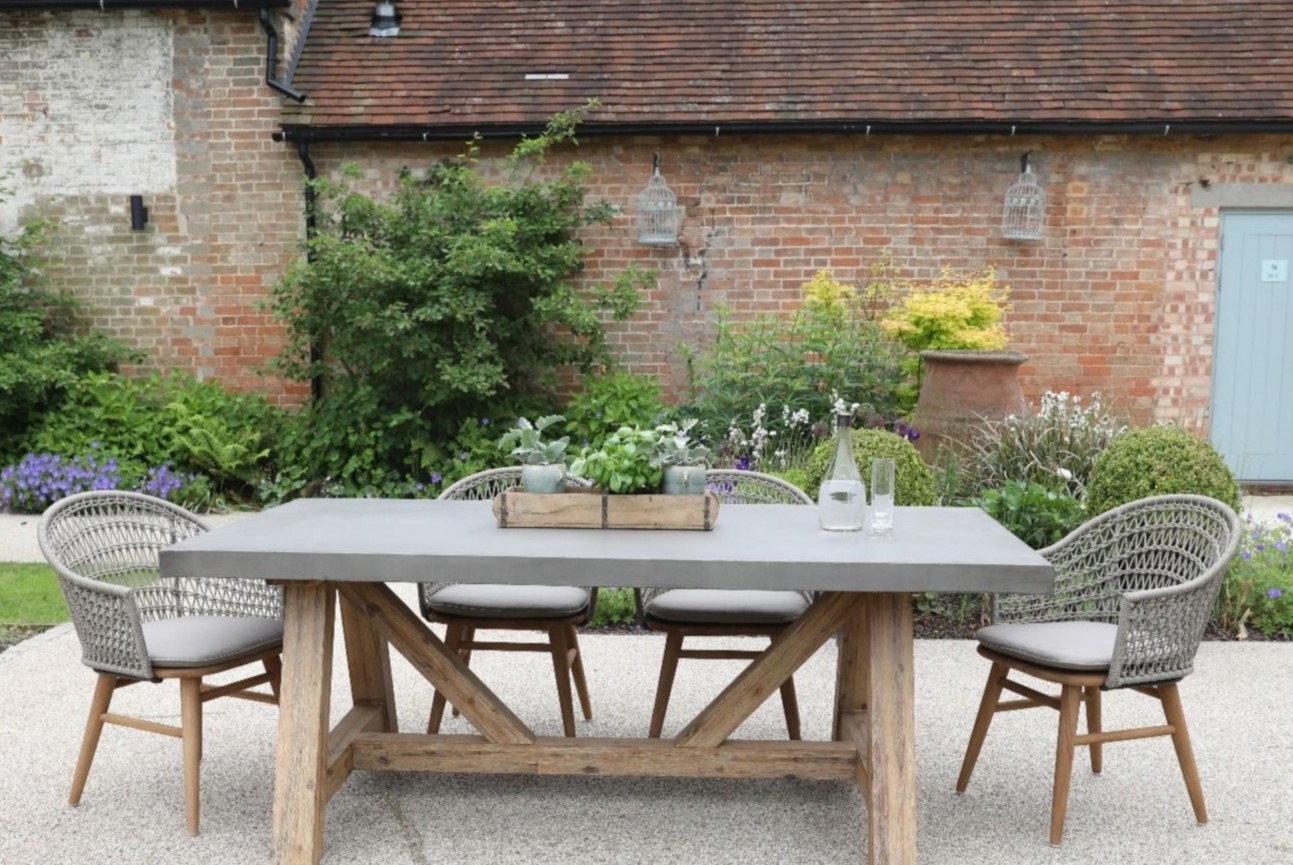
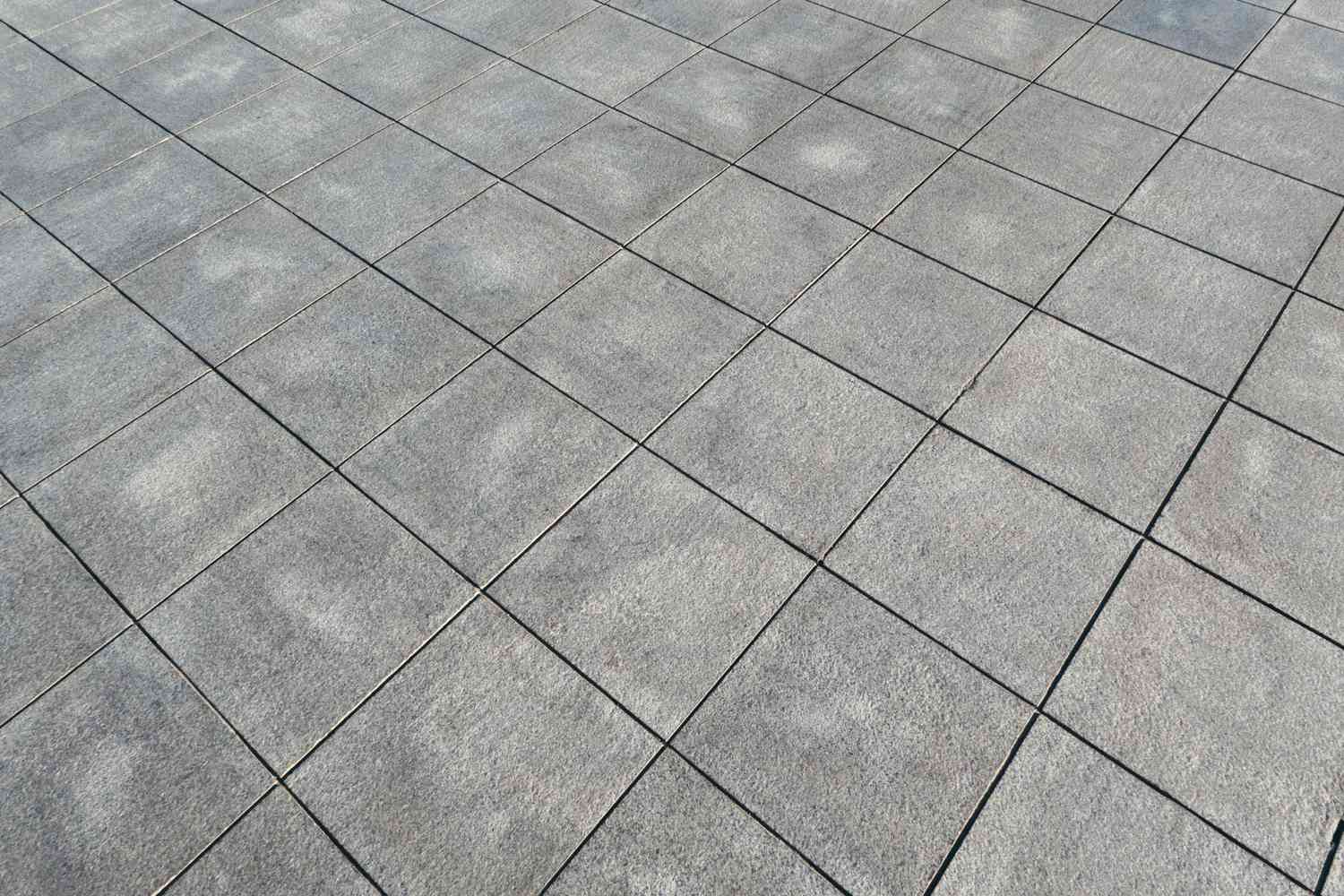
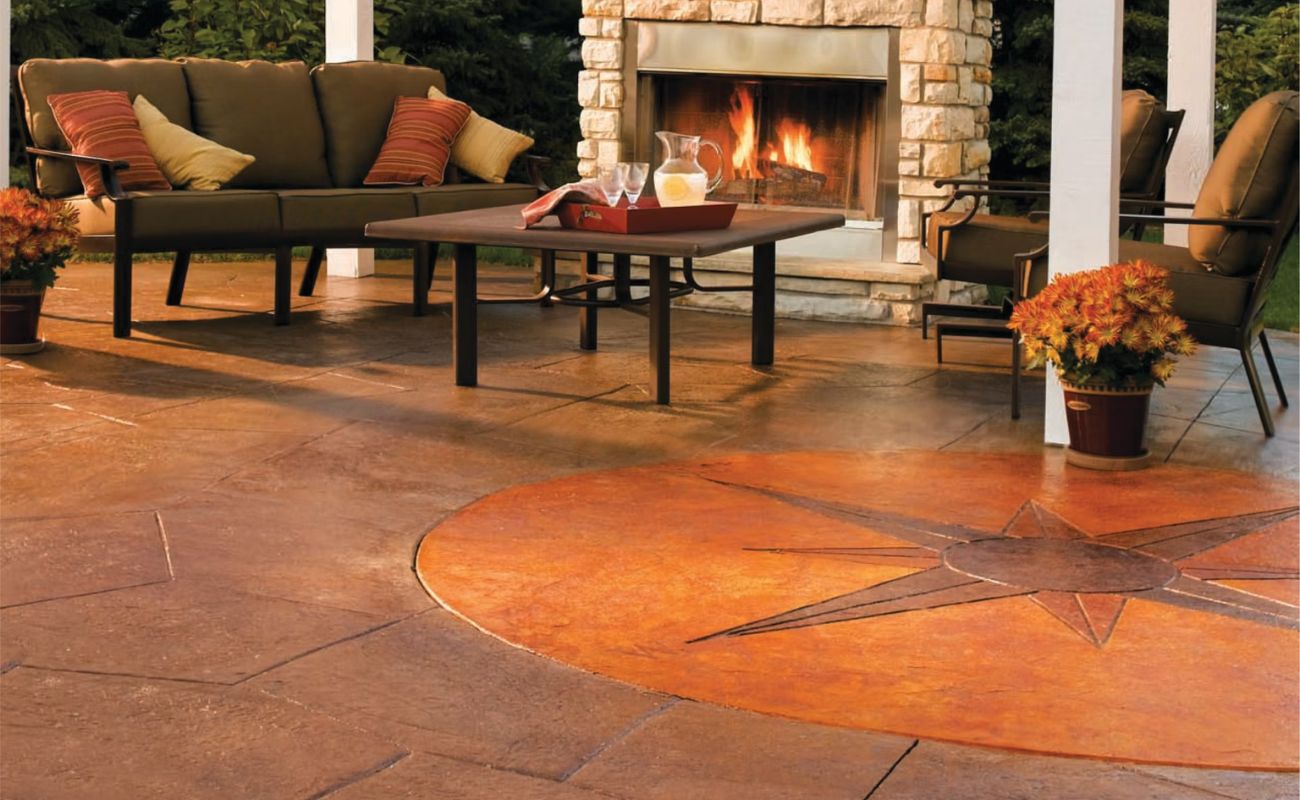
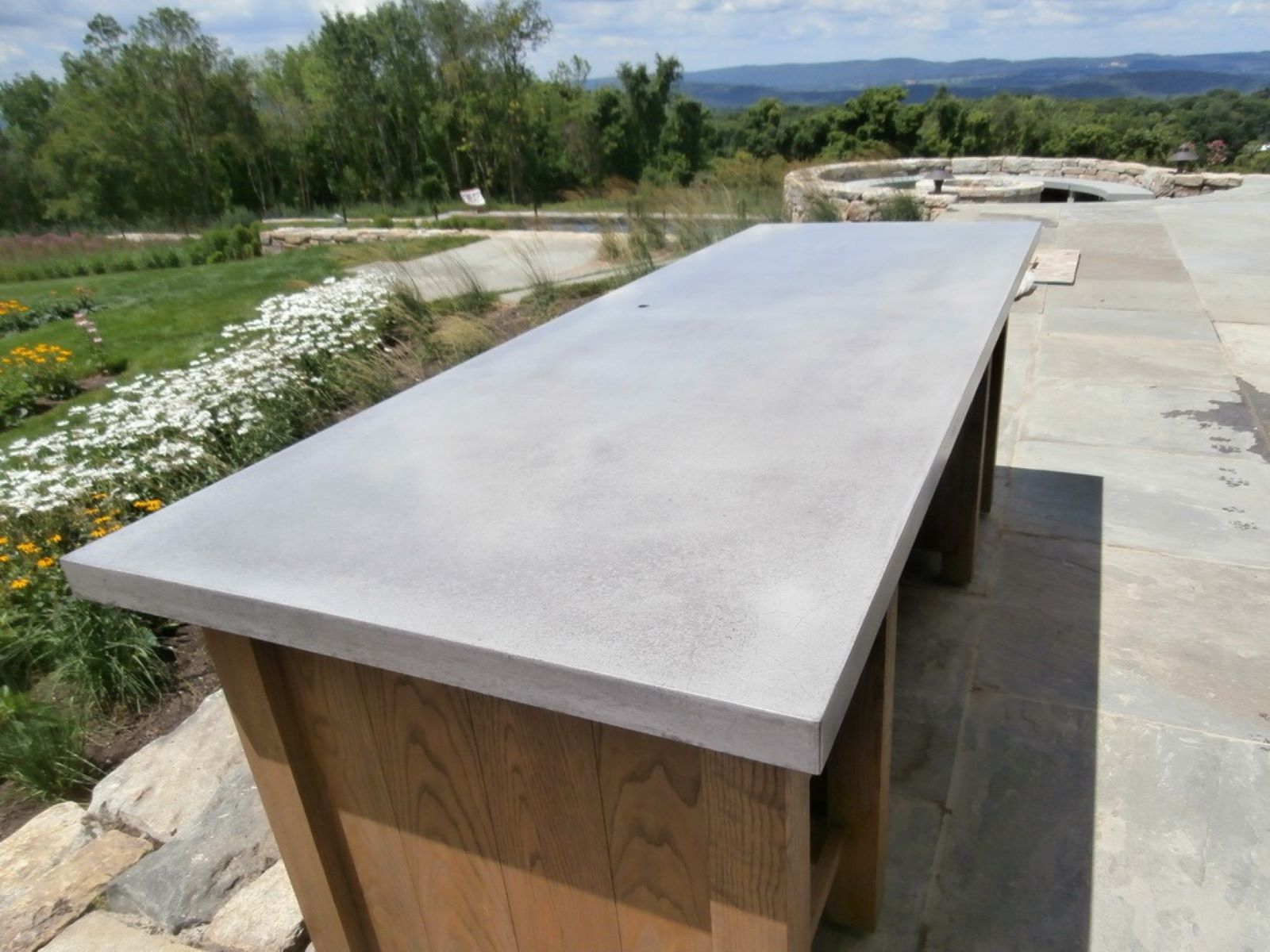
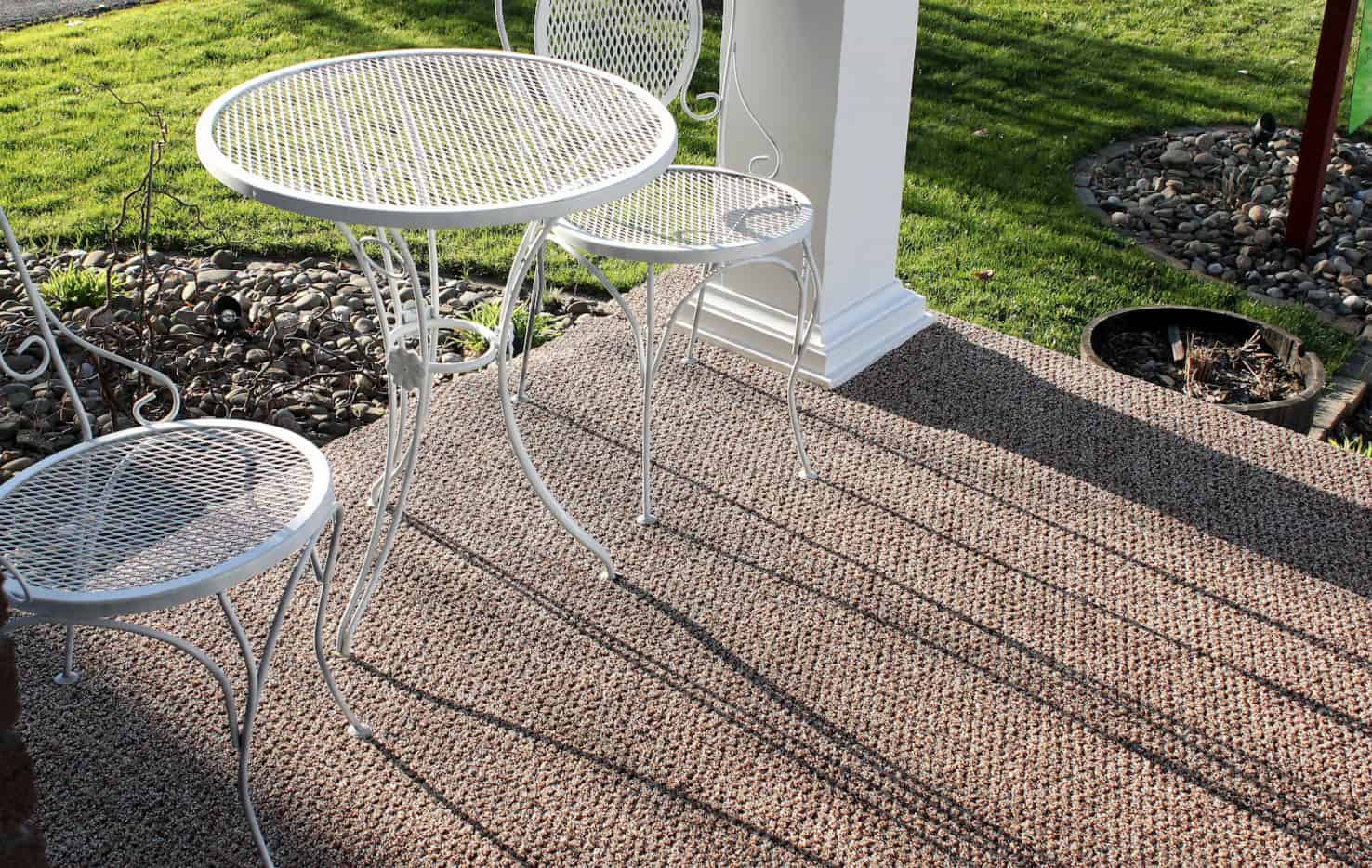

0 thoughts on “How To Cover Outdoor Concrete”